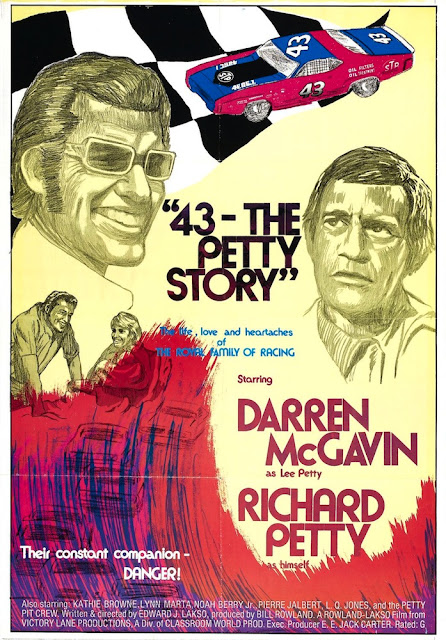While undoubtedly perceived as bold—perhaps
even shocking—during its original release, the prison drama Fortune and Man’s Eyes has aged in
complicated ways. Not only have decades of subsequent films and television
shows expanded the cultural conversation about rape behind bars (the main focus
of this film’s narrative), but attitudes toward the gay experience in general
have changed. It’s therefore tricky to appraise Fortune and Men’s Eyes, which exists somewhere between a museum
piece, reflective of outdated perspectives, and a sociocultural artifact,
capturing viewpoints midway through an important transformation. Is this
picture sensationalistic trash, forefronting sexual abuse as a means of getting
attention? Or is it a serious study of male psychology, using the framework of
prison violence as a means of exploring broader issues? Different viewers will
read the picture in different ways, so perhaps it’s best to simply say that Fortune and Men’s Eyes is committed,
disciplined, and intense. Whatever ambitions the film fails to realize, it’s
not for lack of trying. After all, the narrative was developed and reshaped
many times while John Herbert wrote the 1967 stage play of the same name, from
which this film was adapted. Herbert penned the screenplay and Harvey Hart
directed.
Set almost entirely behind bars, the film tracks the journey of
Smitty (Wendell Burton), a young—and, not unimportantly, straight—man
imprisoned for the first time. Despite trying to keep distance from fellow
inmates, Smitty becomes a target for his cellmate, Rocky (Zooey Hall), who
demands sex in exchange for protection, or else “you’re gonna spread for the
whole cellblock.” Sex is the dominant currency in this film’s prison culture,
so in one horrific scene, an inmate is methodically gang-raped while nearly the
entire prison population—inclusive of cons and guards—listens to his agonized
whimpering. Notwithstanding various subplots, particularly the adventures of a
drag performer named Queenie (Michael Greer), the core of Fortune and Men’s Eyes involves Smitty’s response to Rocky’s abuse.
In the broadest strokes, the film is about how prison changes Smitty from a
relative innocent to something very different.
The film’s performances are
mostly strong, though some actors play characters far removed from everyday
human reality, and Hart’s camerawork is often quite imaginative, especially in
terms of metaphorically confining actors behind out-of-focus objects. As for
Herbert’s dialogue, it runs the gamut from realistic to stylized, and ideas are
expressed clearly. So in terms of appraisal, it’s back to the nature of the
piece. Is Fortune and Men’s Eyes
exploitive? And if so, is it exploitive for a worthy purpose? That those answers feel elusive may be reason enough to advise wariness.
Fortune
and Men’s Eyes: FUNKY

















